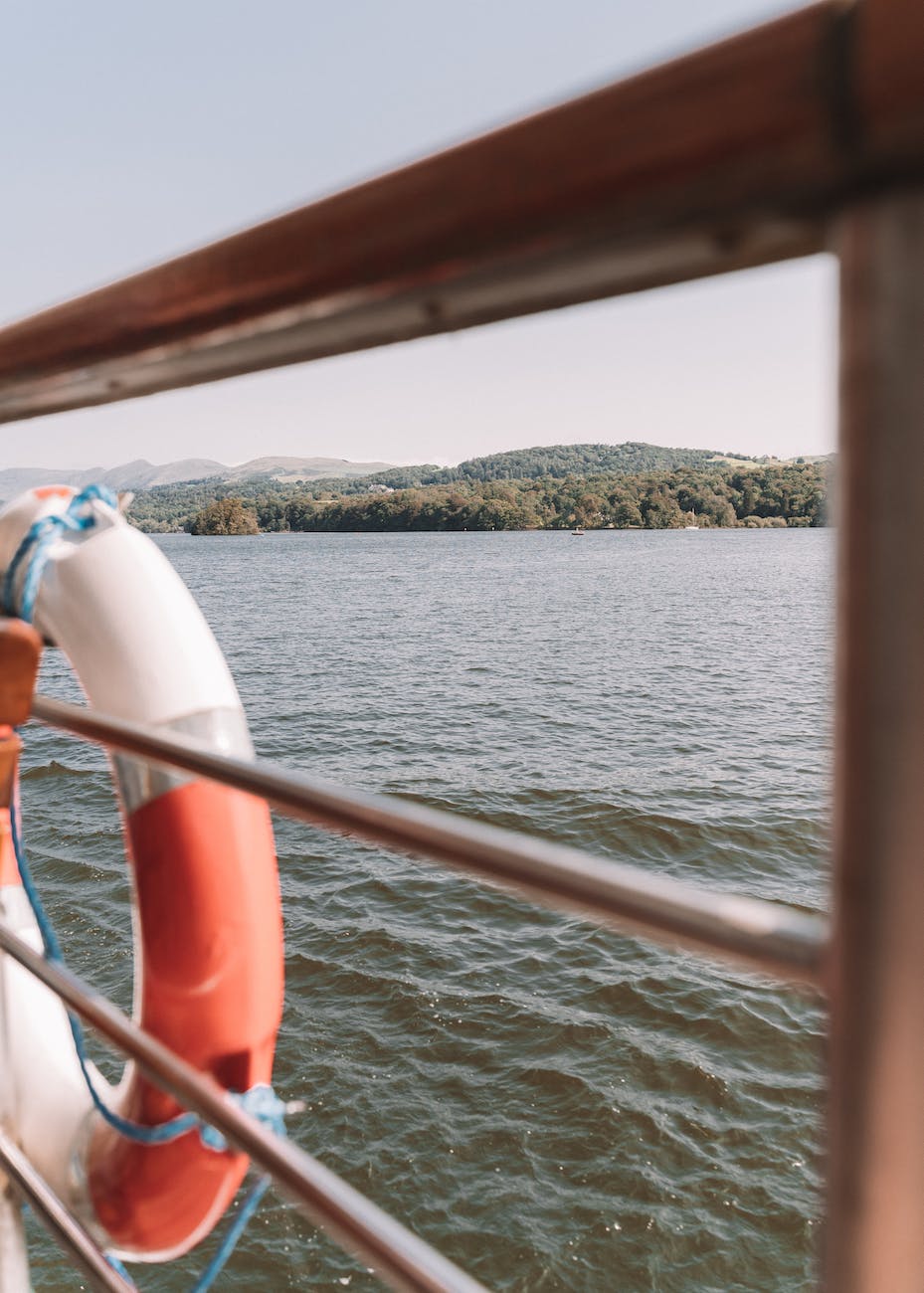
Marine Safety Information: Ensuring Safe Voyages on the High Seas
Introduction
Marine Safety Information : Navigating the vast and unpredictable waters of the world’s oceans is an awe-inspiring endeavor. Yet, with this adventure comes a great responsibility: ensuring the safety of all those aboard. In this article, we’ll delve into the crucial topic of marine safety information, exploring the measures, resources, and practices that are essential for safe voyages on the high seas.
The Importance of Marine Safety
Safety at sea is paramount, as lives and valuable cargo depend on it. Understanding and implementing marine safety measures can mean the difference between a successful voyage and a tragic disaster. Let’s explore the key aspects of marine safety information.
Navigational Aids and Charts
Nautical Charts: The Navigator’s Best Friend
Nautical charts are the backbone of maritime navigation. These detailed maps of the sea floor, shorelines, and depth contours provide invaluable information for safe passage. Mariners rely on these charts to avoid hazards, plan routes, and navigate with precision.
Communication Protocols
VHF Radio: Staying Connected
In the open ocean, reliable communication is essential. Very High Frequency (VHF) radios are the primary means of communication for mariners. They allow vessels to exchange critical information, coordinate maneuvers, and request assistance if needed.
Weather Forecasting
NOAA and Marine Weather Forecasts
The National Oceanic and Atmospheric Administration (NOAA) plays a vital role in providing accurate marine weather forecasts. Mariners depend on these forecasts to anticipate adverse weather conditions, such as storms and heavy seas, and adjust their routes accordingly.
Safety Equipment
Life Jackets: Your Lifeline at Sea
Life jackets are the most basic yet crucial safety equipment on board. They provide buoyancy and keep individuals afloat in case of an emergency. Properly fitted life jackets can mean the difference between life and death.
EPIRBs: Emergency Distress Signals
Emergency Position Indicating Radio Beacons (EPIRBs) are electronic devices that transmit distress signals in emergencies. They allow search and rescue teams to quickly locate and assist vessels in trouble.
Training and Certification
STCW: Setting Standards for Safety
The International Convention on Standards of Training, Certification, and Watchkeeping for Seafarers (STCW) establishes the minimum training and certification requirements for mariners worldwide. Complying with STCW ensures that seafarers are well-prepared for any situation.
Pollution Prevention
MARPOL: Safeguarding the Environment
The International Convention for the Prevention of Pollution from Ships (MARPOL) sets strict regulations to minimize marine pollution. Complying with MARPOL not only protects the environment but also contributes to overall safety.
Conclusion
Marine safety information is the cornerstone of every successful voyage. Nautical charts, communication protocols, weather forecasting, safety equipment, training, and pollution prevention all play pivotal roles in ensuring safe journeys across the world’s oceans.
Remember, every mariner must prioritize safety, not only for their own well-being but for the preservation of our precious marine environments. By adhering to safety measures and staying informed, we can all contribute to safer and more sustainable maritime practices.
How to Promote a Safe Workplace
Occupational Health and Safety (OHS) Guidelines
FAQs
1. What should I do if I encounter a storm at sea?
- In case of a storm, it’s crucial to follow your vessel’s emergency procedures, secure all loose items, and don life jackets. Stay in communication with nearby vessels and seek shelter or assistance if necessary.
2. How can I access marine weather forecasts while at sea?
- You can access marine weather forecasts through VHF radio, satellite communication, or by using dedicated weather forecasting services. NOAA provides reliable marine weather information for free.
3. Are life jackets required for all passengers on a vessel?
- Yes, life jackets should be readily available for all passengers on board, and it’s recommended that they wear them, especially in rough or unpredictable conditions.
4. What is the role of the ship’s captain in ensuring marine safety?
- The captain is responsible for the overall safety of the vessel and its crew. They make decisions related to navigation, weather, and emergency procedures to ensure a safe voyage.
5. How can I contribute to marine safety as a recreational boater?
- As a recreational boater, you can contribute to marine safety by following navigation rules, maintaining your vessel, having proper safety equipment, and taking boating safety courses to enhance your skills.
In conclusion, marine safety is not just a duty but a shared responsibility among all those who venture onto the open sea. By prioritizing safety and staying informed, we can ensure safe voyages and preserve our oceans for generations to come.